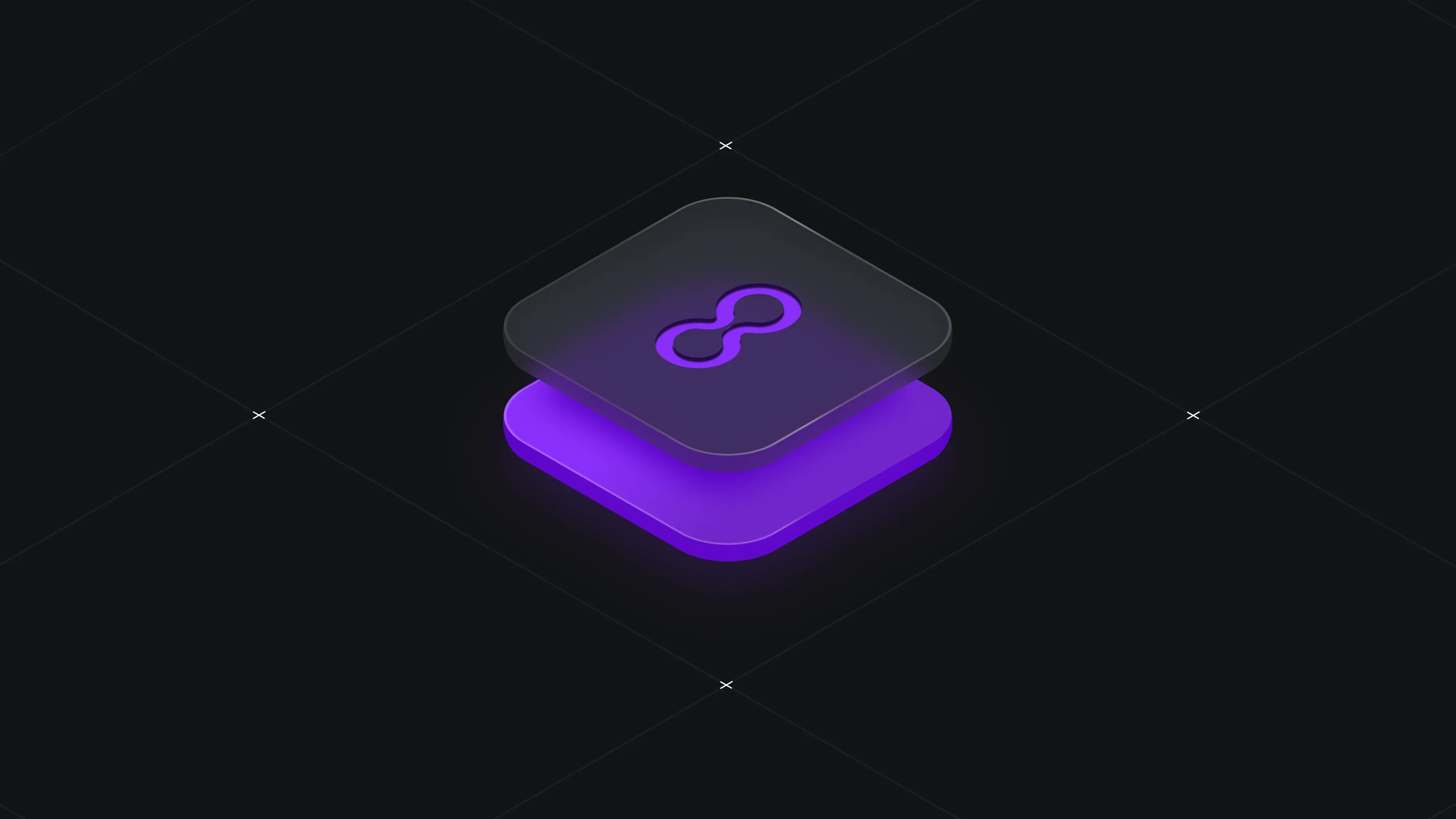How to Close the Feedback Loop: Strategies for Keeping Your Customers Engaged and Informed
Mike Nikles
Co-Founder, Loopback

In the digital landscape, closing the feedback loop is not just about gathering opinions; it’s about creating a dynamic relationship where customers feel heard, valued, and part of the product’s evolution. Here are key strategies to effectively close the feedback loop using tools like Loopback:
1. Implement Real-Time Feedback Collection
Tools for Engagement: Use platforms that allow for immediate feedback collection. loopback.works, for instance, integrates with channels like 𝕏, GitHub, Discord, and others to capture feedback in real-time, ensuring no opinion is lost in translation.
User Interface: Ensure feedback mechanisms are user-friendly, encouraging more users to participate without friction. Allow anonymous feedback submissions.
2. Showcase Feedback Implementation
Transparency is Key: When feedback leads to action, let your users know. Keep them updated as feedback progresses through the planning, design, implementation phases.
Notification Systems: Use automated notifications to inform users when their feedback has resulted in a change or update.
Changelog Updates: Regularly update a public changelog or blog post about new features or fixes inspired by user feedback.
3. Personalize the Experience
Custom Feedback Responses: Personalized thank-you messages or emails show users that their input is not just collected but cherished.
Involve Users: As you process and work on feedback, involve the people who provided the feedback. Share designs, offer beta access, make it a collaborative process.
4. Create a Community Feedback Forum
Foster a Community: Use or integrate with forums where users can discuss their feedback, see what others are saying, and feel part of a community.
Be Present: Invite your product, design, and engineering teams to be part of the community. Direct access to these teams greatly improves trust and transparency.
Interactive Q&A Sessions: Host sessions where users can ask questions directly to the development team about feedback implementation.
5. Analyze and Prioritize Feedback
Data-Driven Decisions: Decide what to build based on data, not an internal employee’s best guess.
Feedback Analysis: Utilize tools to categorize and prioritize feedback based on frequency, impact, and feasibility.
Share Insights: Publish periodic reports or insights on common themes in feedback, showing users how their collective voice shapes the product.
6. Educate Users on Feedback Process
Empower Users with Knowledge: Treat feedback as a first-class citizen and make sure your users understand the importance feedback has in your business.
Feedback 101: Create resources that explain how users can provide feedback and what happens next. This could be through help articles, videos, or interactive guides.
Expectations Setting: Let users know the timeline for feedback implementation, managing expectations while keeping them engaged.
7. Leverage Feedback for Marketing
Turn Feedback into Testimonials: Positive feedback is as good as, if not more trustworthy, as a written testimonial. Take advantage of that.
Success Stories: Highlight how user feedback has led to successful features or improvements. This not only closes the loop but also serves as social proof.
User-Generated Content: Encourage satisfied users to share their experiences, which can be used in marketing content, further engaging the community.
8. Continuous Improvement and Iteration
Iterative Development: Collecting and processing feedback well takes time. It requires learning and constant improving, but it’s worth the effort.
Beta Releases: Involve users in beta testing new features inspired by their feedback, giving them a sense of ownership over the product’s direction.
Feedback on Feedback: Ask users what they think about the feedback process itself, using this meta-feedback to refine your approach.
Conclusion
Closing the feedback loop is an ongoing process that requires commitment to listening, acting, and communicating. By integrating these strategies, businesses can not only enhance their product based on user input but also cultivate a loyal user base that feels integral to the product’s success. Tools like loopback.works are pivotal in this process, providing the infrastructure to manage, analyze, and respond to feedback effectively.
Remember, an engaged customer is a retained customer, and an informed customer is a satisfied one.